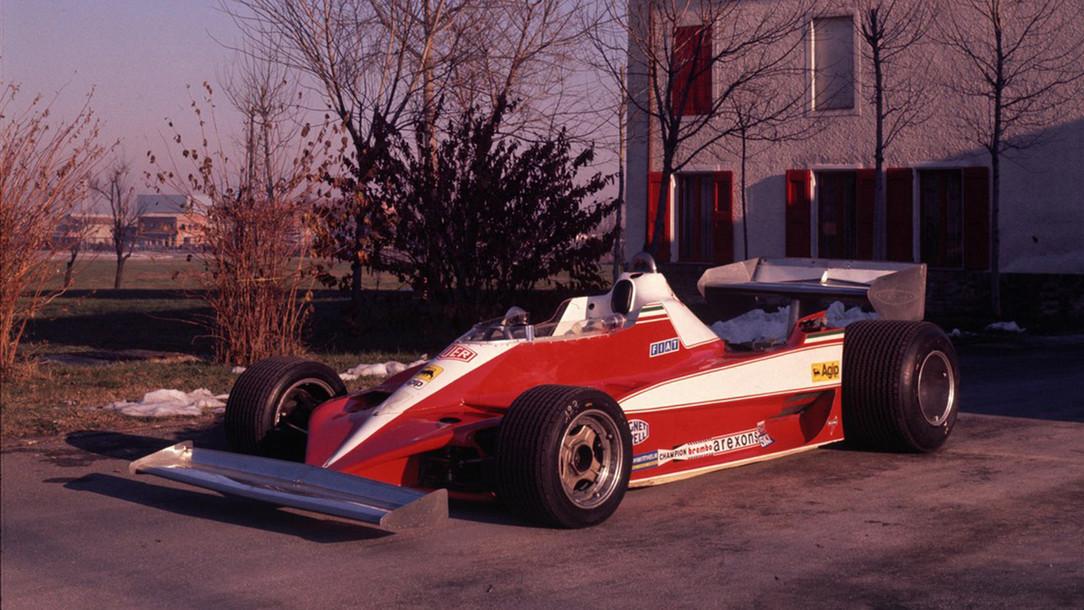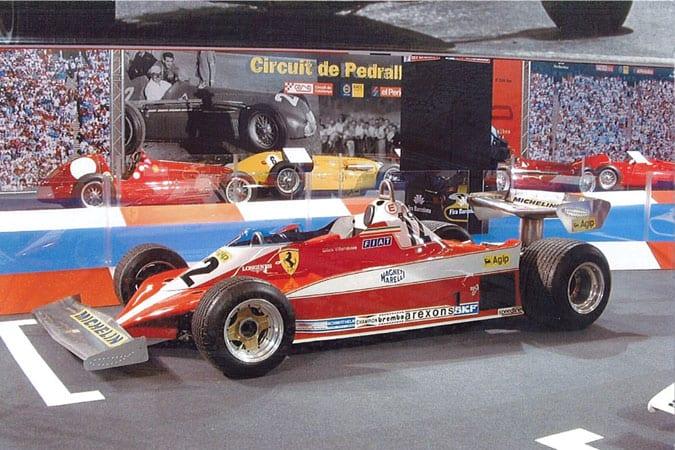1978 Ferrari 312 TR

The descriptions of the Classic Cars in the Directory were partly generated or supplemented with the help of artificial intelligence (AI). The content may occasionally not always be entirely accurate or factually correct despite careful checking.
The Ferrari 312 TR was introduced in 1978 as a replacement for the 312 PB. It was designed specifically for endurance racing and featured a wide range of technical improvements compared to its predecessor. The car was powered by a 2991 cc V12 engine that was capable of producing 520 horsepower at 10500 rpm. The engine was based on the 312B F1 engine of the early 1970s but was significantly modified to make it suitable for endurance racing.
One of the most notable technical features of the 312 TR was its lightweight construction. The car featured a monocoque chassis that was constructed from aluminum and magnesium, making it one of the lightest and most rigid chassis of its time. The bodywork was also made from lightweight materials such as aluminum and fiberglass, which helped to further reduce the car's weight.
The suspension system on the 312 TR was also highly advanced. The car featured double wishbone suspension with inboard coil springs and dampers. The suspension components were made from lightweight materials, such as titanium and alloy, which helped to keep the car's weight down without compromising on performance.
The brakes on the 312 TR were also highly advanced for their time. The car featured ventilated disc brakes with four-piston calipers, which offered excellent stopping power and fade resistance even during long endurance races. The brake system was also designed to be quick and easy to change, which helped to minimize pit stop times during races.
One of the key features of the 312 TR was its aerodynamic design. The car featured a low, streamlined body that was designed to minimize drag and improve downforce. The bodywork was also highly adjustable, with the front and rear wings able to be adjusted to suit different track conditions and speeds.
Overall, the Ferrari 312 TR was one of the most technically advanced endurance racing cars of its time. Its lightweight construction, advanced suspension system, powerful engine, and aerodynamic design made it a formidable competitor on the racetrack, and it played a significant role in the success of Ferrari's endurance racing program in the late 1970s.
Milestones
- The Ferrari 312 TR was introduced in 1978 as the successor to the 312 PB. - It was designed by Mauro Forghieri and featured a 3.0-liter flat-12 engine that produced 515 horsepower. - The car made its debut at the 1978 24 Hours of Daytona, where it finished 2nd overall and 1st in its class. - In the same year, the 312 TR won the 1000km Monza and 6 Hours of Silverstone races. - The 312 TR also competed in the 1978 World Endurance Championship, where it won the 6 Hours of Vallelunga and finished 2nd in the 24 Hours of Le Mans. - The car continued to compete in various endurance races until 1980, when it was replaced by the 312 T4. - The Ferrari 312 TR is widely regarded as one of the most successful endurance racing cars of its time.Technical
- Engine: 3.0-liter 180-degree V-12 - Power: 520 horsepower - Transmission: 5-speed manual - Suspension: Independent with double wishbone and coil springs - Brakes: Disc brakes on all four wheels - Wheelbase: 96.5 inches - Length: 179.6 inches - Width: 77.6 inches - Height: 41.7 inches - Weight: 1455 pounds - Top speed: 215 mph - Design: Sleek and aerodynamic body with a low-slung profile and minimal front and rear overhangs - Race history: Competed in the World Sportscar Championship and the 24 Hours of Le Mans, with wins at Monza and Watkins Glen in 1978



CLASSIC CAR MATCHER
